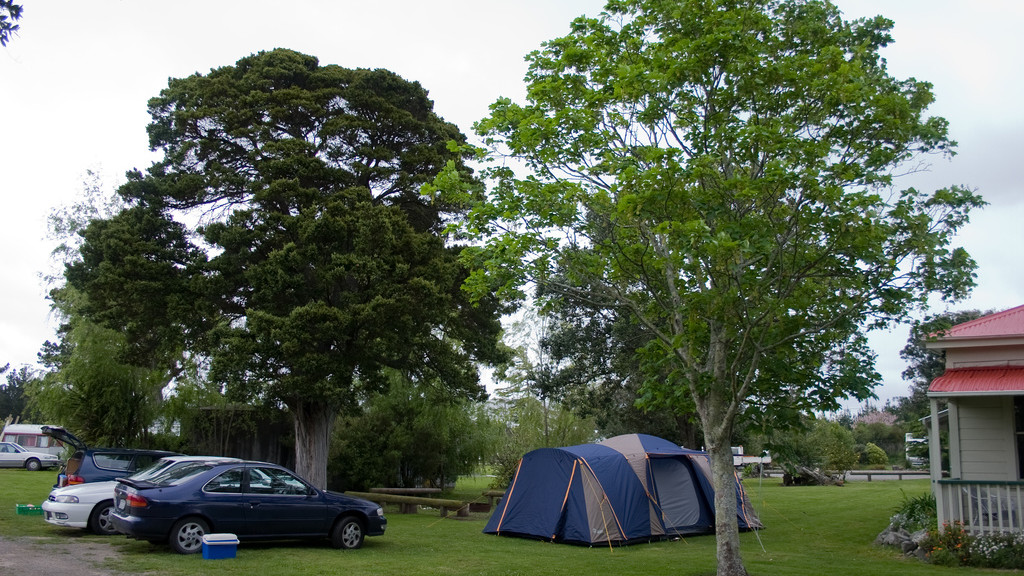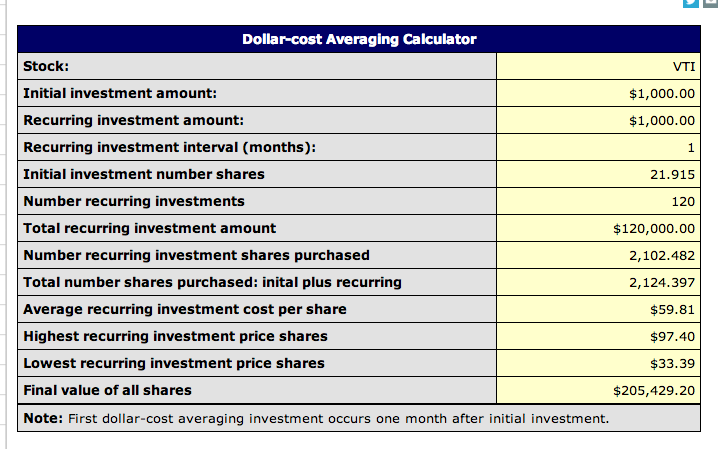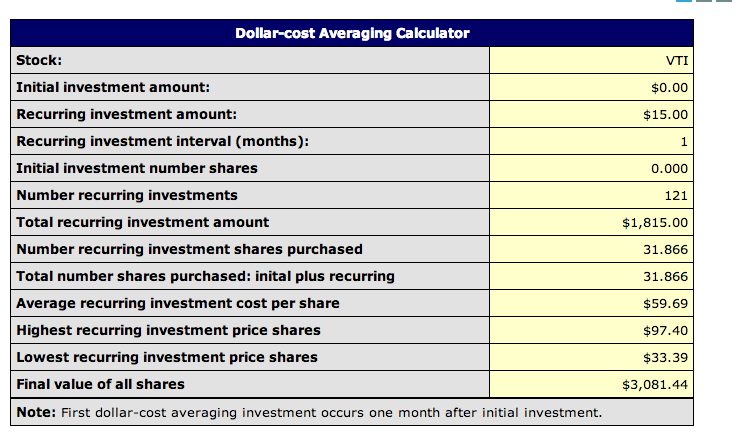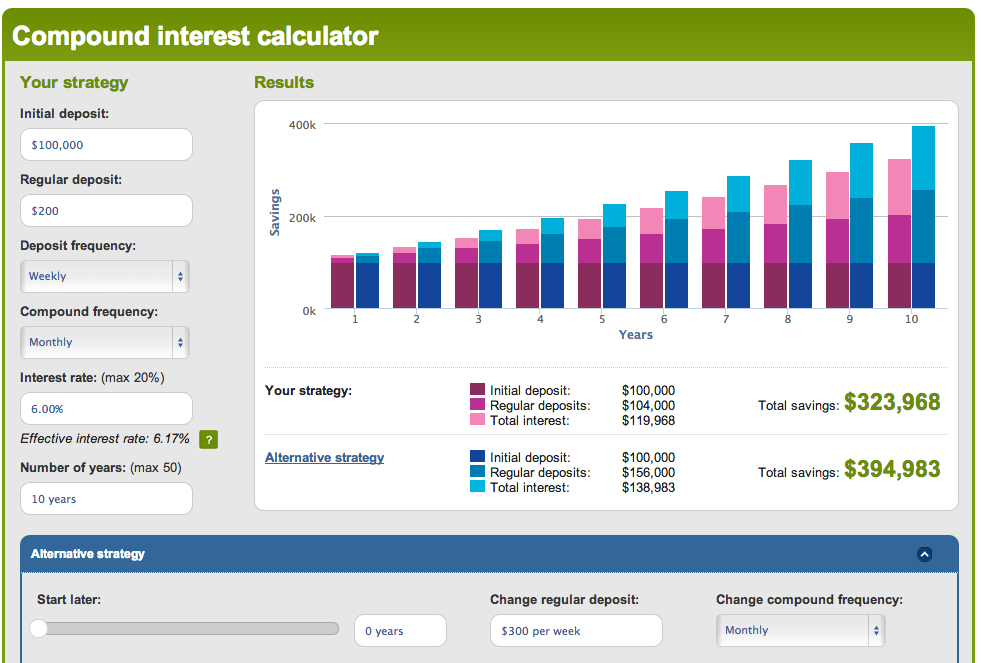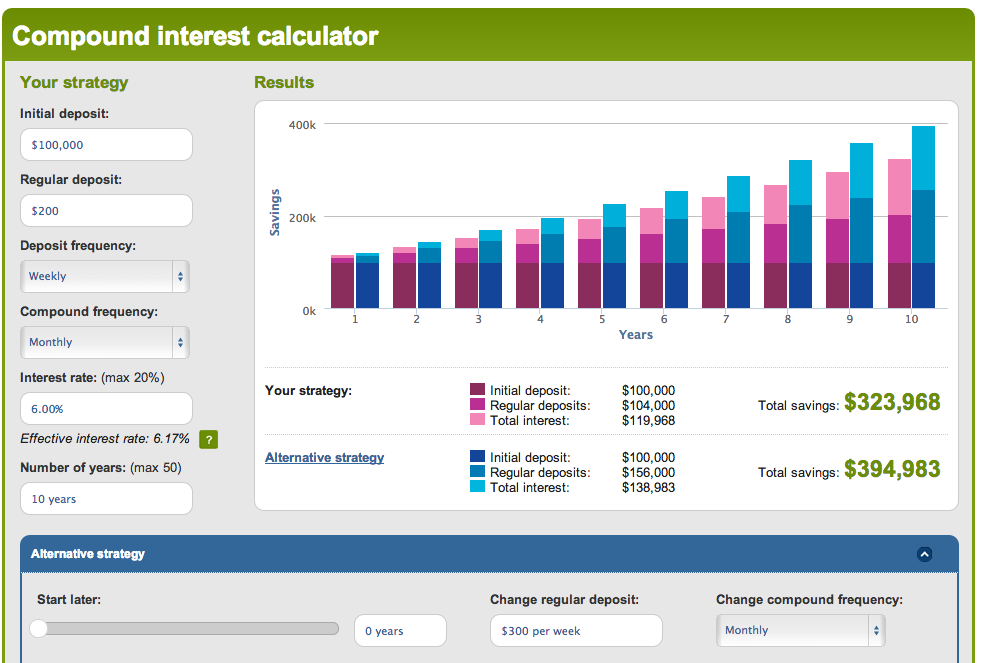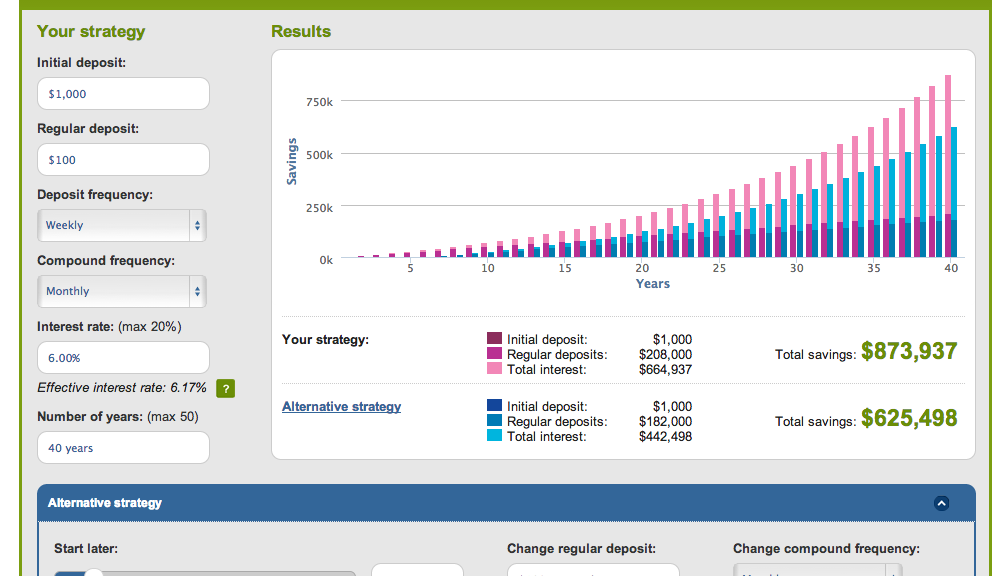When you travel with kids you’re going to need to expect that your costs will go up compared to travelling as a couple or as a solo traveller.
Here are a few things to consider:
– Hotels will tend to charge you for extra rollaway beds for the kids. In the US, you can usually book a room with 2 queens and make that work for a family of 4 by having 1 adult sleep with 1 kid in each bed. However in many places, you won’t have the option of two queens. A good solution is to buy a portable travel bed for your child and take it with you. Have them try sleeping in it at home so you can make sure they will sleep in it before you leave on your trip – that way you can return it if your child refuses to use it. There are quite a few options available from Walmart or Target and the like.
– Don’t forget annual multi trip travel insurance as an option for saving money if you take more than one international trip a year. Insurance is important as a solo traveller but it’s even more important when you’re travelling with kids. You don’t want to even think twice about whether you take them to the doctor or emergency room if any mishaps happen or they’re not feeling well. Make sure you shop around as there can be large differences in the premiums and coverage, what is best for one family won’t be best for another.
– Eating out. Kids usually don’t want to eat at a restaurant for every meal. In fact, we know lots of travelling families who don’t eat at restaurants at all when they travel because their kids don’t like to sit still and wait for food, and it’s more hassle than it’s worth. Overseas it may be harder to get a high chair at restaurants than it is in the US. Consider eating more meals in your hotel room, or stay in vacation apartments. You might also consider doing takeaway. If you don’t have access to cooking facilities, you can still usually make do with picnic style meals. Take some basic picnic supplies like plastic plates. Brainstorm some ideas for hotel room picnic style meals in advance. If your kids eat toast for breakfast every morning, you might even consider purchasing a cheap toaster for your room. If your kids like cereal, then make sure you book a room with a mini fridge.
– If budget is a big issue but you still want to travel, consider buying cheap camping gear at your destination. We prefer renting a car and bringing a tent to renting a camper van. Buying gear at your destination will often be cheaper than hauling it with you, but do the sums. Camping gear can be expensive in some places such as Australia and New Zealand. For some countries, bringing it is definitely the best option. If tenting is too rustic for you, you may be able to rent cheap cabins at campgrounds or book a family room at a hostel.
Photo credit: Creative Commons, Aidan
